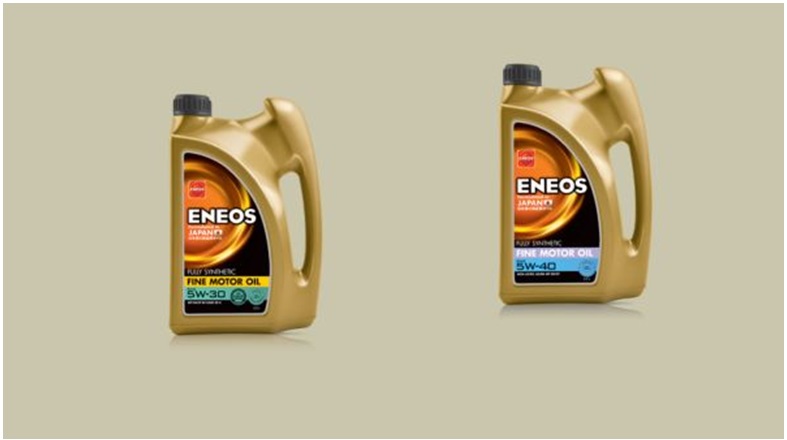Not everyone who drives for work realises when they cross into “hire and reward” territory. It might start with a food delivery job a few evenings a week or a favour for a friend involving regular parcel runs. But if you’re receiving payment to carry passengers or goods, even if it’s part-time or informal, you’re no longer covered by standard vehicle insurance. And that detail can make all the difference when something goes wrong.
The term “hire and reward” covers work where the driver earns money by moving people or things. This includes private hire drivers who operate through apps, couriers dropping off parcels, and even trades people who transport equipment and materials to clients. What matters is the transaction, the reward given in return for the transport. That’s the point where ordinary car insurance stops applying.
Insurers treat this category separately for a reason. Drivers in this space usually spend more hours on the road, work in dense traffic, and operate on tighter schedules. These factors all increase risk. If you’re involved in a collision while delivering takeaway or carrying a paying passenger and you’re still using private insurance, your claim may be rejected outright. It’s a financial and legal risk that’s too often overlooked by those just starting out.
This is where hire and reward insurance comes in. It’s a specialised type of commercial cover built for people who drive professionally. The policy fits a wide range of work setups, from food couriers on mopeds to long-distance van drivers. It’s also split into subcategories. For example, taxi drivers will need private or public hire cover depending on how they pick up passengers. Meanwhile, courier drivers moving parcels across town all day require a different structure. What unites them all is that they operate under hire and reward rules and therefore need insurance that reflects those risks.
The levels of cover work much like regular motor policies. Third-Party Only is the minimum required by law and protects others if you’re at fault. Third-party, Fire and Theft add more value, but still don’t cover your own vehicle’s repairs. Comprehensive plans offer the widest protection, including accidental damage to your car or van. For many who rely on their vehicle for income, the extra cost of comprehensive cover might be worth it, especially when a repair means lost income.
Even within legal jobs, the details can trip people up. A driver operating under a private hire licence cannot legally pick up passengers from the street. Doing so can lead to fines, loss of the licence, and insurance problems. Similarly, carrying a friend’s packages for cash might seem harmless, but without the right cover, it falls into a risky legal grey area. If there’s money involved and movement of people or goods, it’s safest to assume that hire and reward insurance is needed.
Another layer of confusion comes when switching between roles. Someone might work full-time as a courier but occasionally take private clients for airport runs. The mix of responsibilities needs to be reflected in the policy. That’s why speaking to a broker or insurer who understands the industry can help reduce both cost and confusion. The aim is to make sure the cover actually matches the work being done, not just what’s written on paper.
Pricing for hire and reward insurance varies widely. Age, driving history, location, and the type of vehicle all play a role. The area you work in and how often you’re on the road will likely affect quotes. Some reduce costs by increasing their excess, securing the vehicle at night, or paying annually instead of monthly.
What seems like a simple driving job can quickly become a legal headache if the right protection isn’t in place. Understanding what counts as hire and reward is the first step. Making sure the insurance fits that reality is what keeps the wheels turning safely.











